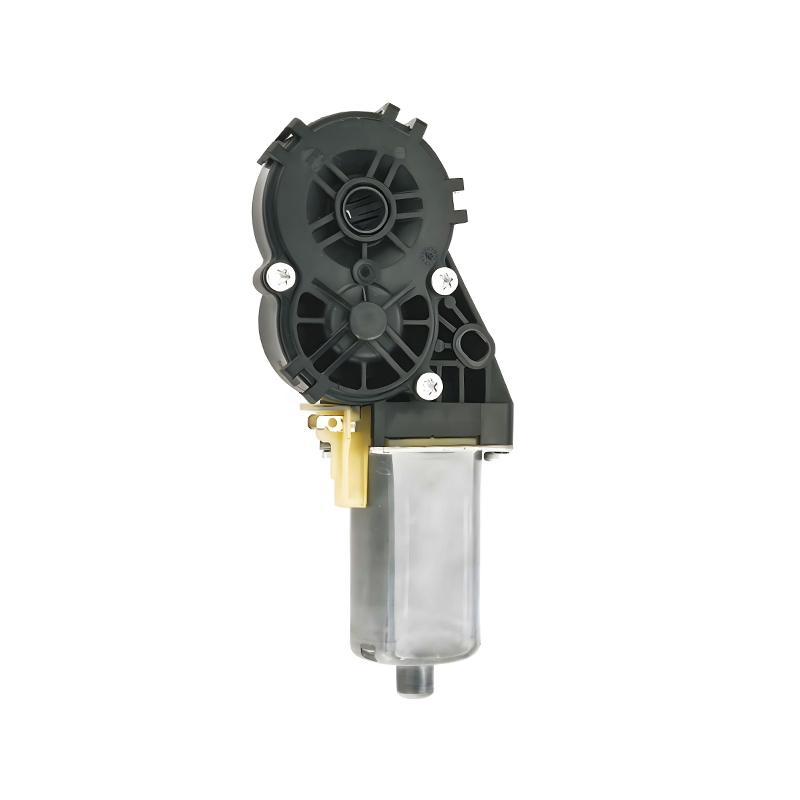Automotive systems have undergone a noticeable shift toward smarter, more responsive components, and among these, the window motor for car windows has gained new attention. No longer limited to simple up-and-down movement, the window motor for side windows is now becoming part of integrated systems designed to improve user experience and energy management. These technological changes are part of a broader trend where common mechanical parts are being upgraded with sensors, control modules, and electronic communication features.

Today’s window motor for passenger doors is being developed to work in coordination with the vehicle's central control units. When paired with rain sensors, door locks, and smart keys, a window motor for a modern vehicle can automatically respond to conditions such as incoming rain or heat buildup. Some systems also allow control through voice commands or smartphone apps, reflecting the growing role of connectivity in vehicle design. While such systems were once exclusive to higher-end models, they are now becoming available in a wider range of vehicles, thanks to modular design and cost-efficient production methods.
Parallel to the evolution of window motor systems, the Car Seat Adjustment Motor has also seen renewed engineering attention. Seat adjustment was once a simple manual process, but the Car Seat Adjustment Motor now plays a key role in delivering flexible, electronically controlled seating positions. This is particularly relevant in shared mobility applications or long-distance travel, where users seek custom comfort. In some cases, these motors are also linked with memory functions, allowing drivers or passengers to recall preferred settings at the touch of a button.
The connection between these components becomes clearer as automotive designers move toward seamless cabin control systems. Both the window motor for door systems and the Car Seat Adjustment Motor are now expected to communicate with a central interface. This kind of integration allows for coordinated comfort settings, where the vehicle can automatically adjust the seat and windows based on a saved user profile or pre-configured travel mode.
Thermal comfort and air flow management are other areas where the window motor for automotive use has an impact. In some hybrid and electric vehicles, motors are calibrated to manage ventilation when the engine is off, preserving cabin comfort while conserving battery energy. Similarly, the Car Seat Adjustment Motor can be synchronized with in-seat climate features, improving ergonomic efficiency without requiring user intervention during driving.
As vehicles continue to adopt more autonomous and connected features, both the Car Seat Adjustment Motor and the window motor for various positions in the vehicle are expected to become nodes in the broader vehicle network. This shift creates a new category of intelligent actuators—components that not only move but also interact. Future models may allow real-time diagnostics, remote calibration, and more precise feedback to improve both comfort and safety.
The rise of integrated smart features in vehicles has brought new relevance to traditional components such as the Car Seat Adjustment Motor and the window motor for electric windows. These parts are now expected to perform more than their base mechanical functions. As automakers focus on connectivity, user experience, and electronic coordination, these components will likely continue evolving, contributing to a smoother and more responsive driving environment.
Your email address will not be published. Required field are marked*